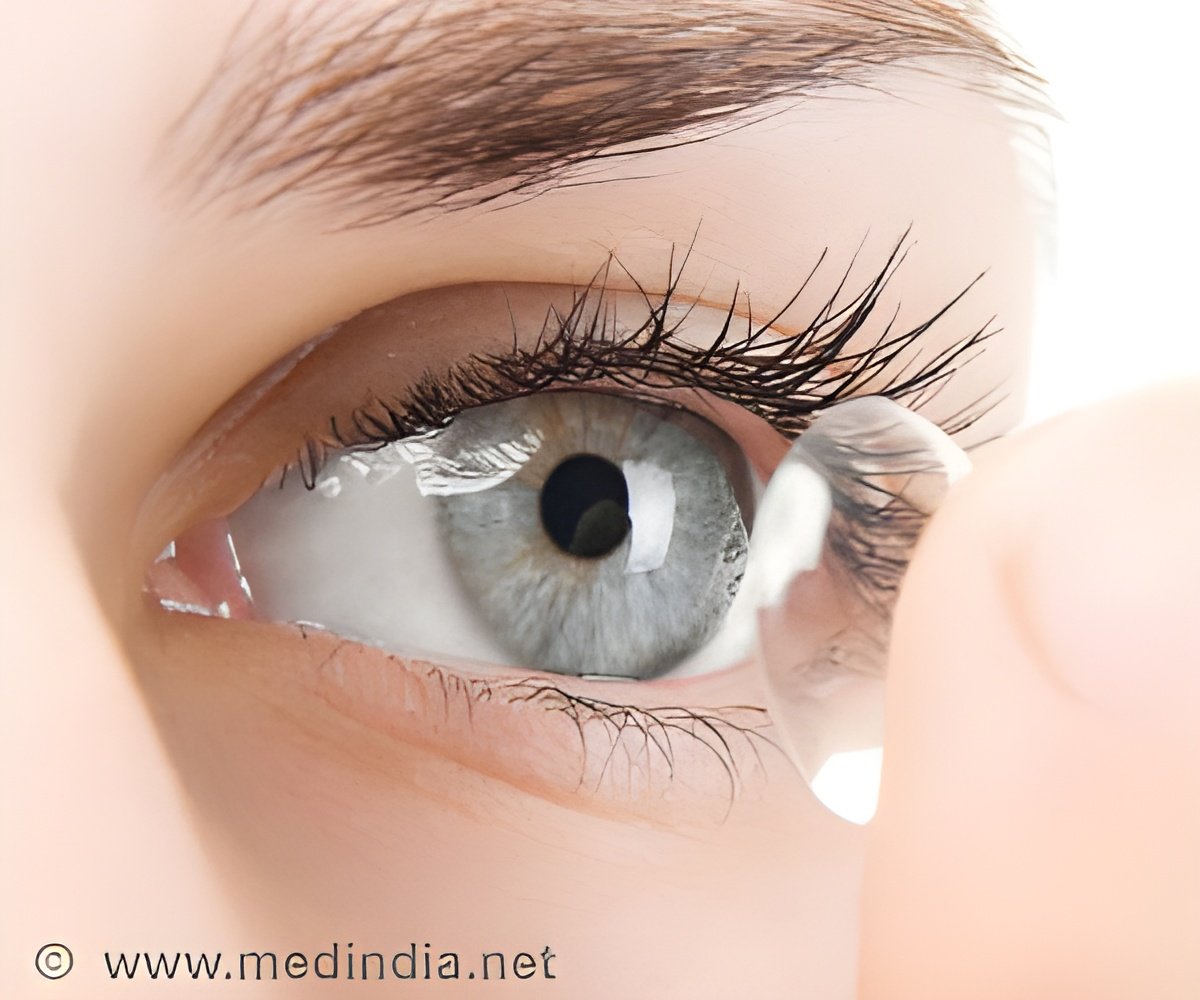After too many hours of wearing contact lenses, the lenses and your eyes dry out, causing irritation that might outweigh the convenience of contacts.

TOP INSIGHT
By advancing the understanding of how natural tears keep our eyes comfortable, and developing a machine for designing better contact lenses, Stanford researchers hope to alleviate the pain associated with wearing contact lenses for long hours.
Bhamla isn't alone. Bhamla and Fuller suspected that most of the discomfort arises from the break up of the tear film, a wet coating on the surface of the eye, during a process called dewetting. They found that the lipid layer, an oily coating on the surface of the tear film, protects the eye's surface in two important ways - through strength and liquid retention. By mimicking the lipid layer in contact construction, millions of people could avoid ocular discomfort.
In their most recent study, Bhamla and his co-authors outline two functions of the lipid layer. One is to provide mechanical strength to the tear film. Lipids in this layer have viscoelastic properties that allow them to stretch and support the watery layer beneath them.
Bhamla likens this protective lipid layer to a swimming pool cover. You can't run on the open water, but even a thin tarp can provide mechanical strength to support a person's weight.
"You will sometimes see the guards at the Stanford Avery pool run over the surface of the covered pool," Bhamla said. "The mechanical structure is very thin, but it protects the whole bulk of the liquid. If the swimming pool is shrunk to 1/100th the width of a hair, it is a good representation of the tear film with a lipid layer replacing the tarp."
"We recognized early-on that the fluid mechanical responses of the lipid layer were just as important as the conventional view that its role was to control evaporative loss," Fuller said. "And it's been gratifying to realize that the combined role of these two forces is now accepted."
"Some people are studying contact lenses by holding them up to a light, dipping them in water, and looking at them to see if the tear film breaks up," Bhamla said. "We felt we could definitely do better than that."
To solve this, Bhamla and Fuller built a device that mimics the surface of the eye. The machine, called the Interfacial Dewetting and Drainage Optical Platform or i-DDrOP, reproduces a tear film on the surface of a contact lens. It allows both scientists and manufacturers to systematically handle the unique array of variables that affect the tear film, including temperature, a variety of substances, humidity and the way gravity acts along a curved surface.
With the ability to accurately recreate a tear film on the contact lens surface and test how quickly it breaks up, manufacturers are now armed with the tools to make a more comfortable lens that protects users from the painful side effects of wearing contacts. Even Bhamla may trade in his glasses for a new pair of lipid-protected eyewear.
Source-Eurekalert
 MEDINDIA
MEDINDIA


 Email
Email





